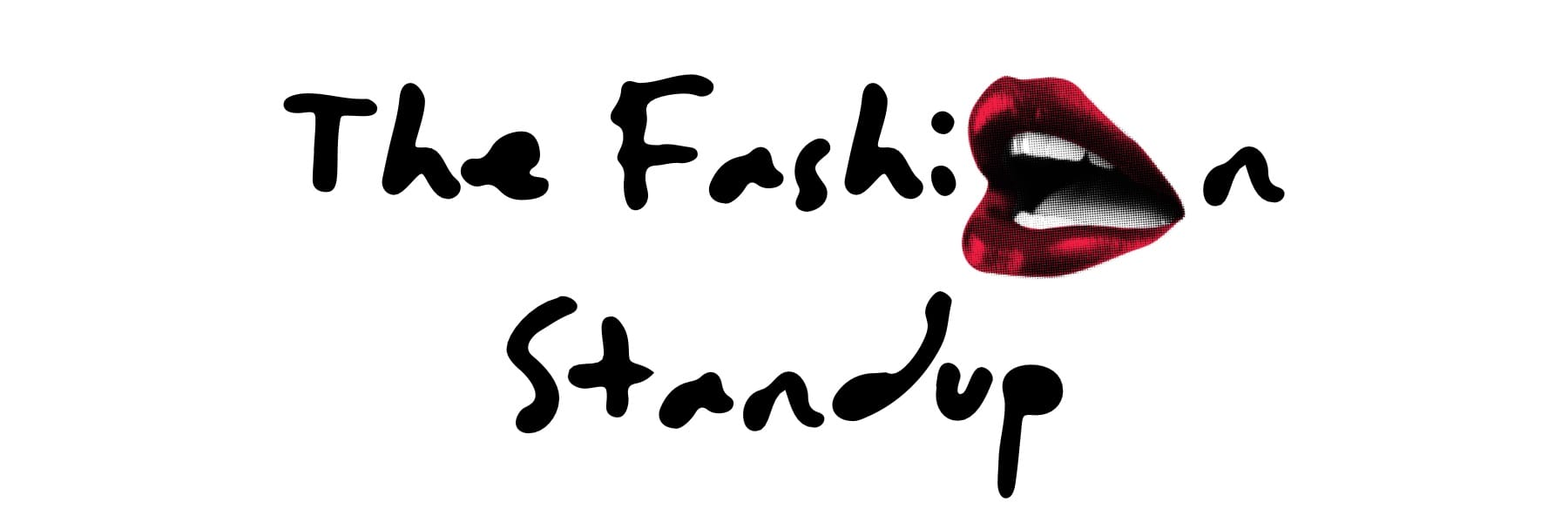BoF Voices: Fashion and pleasure for the brain
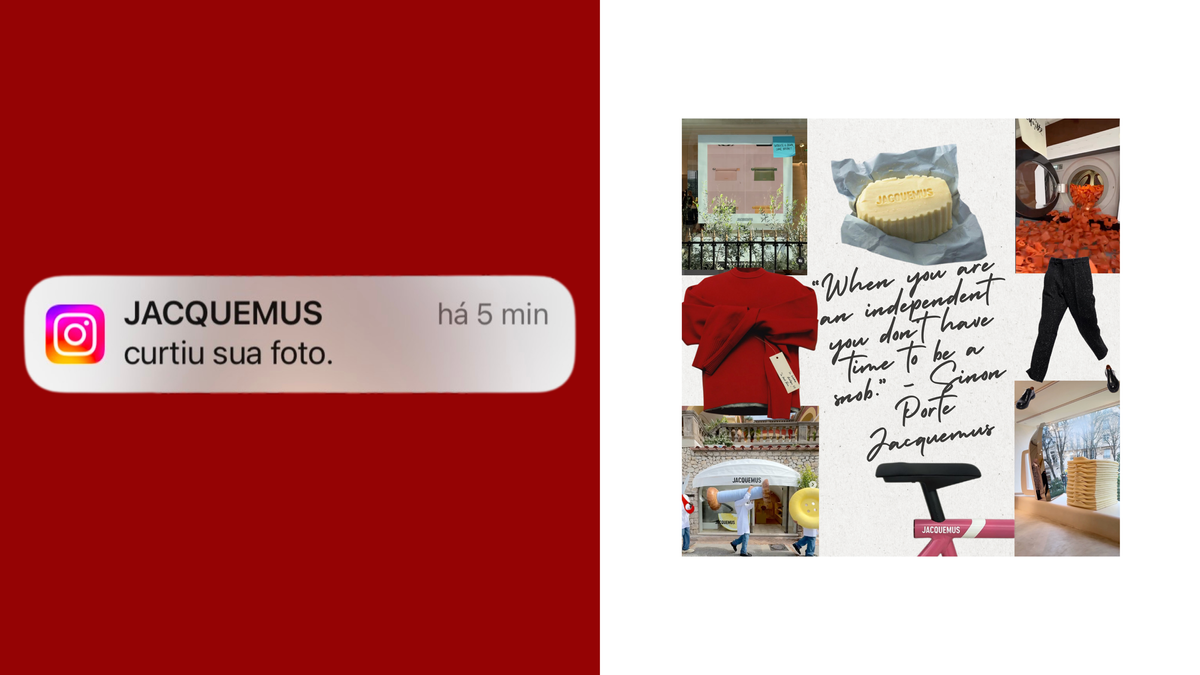
When you open this email, you might wonder what I have for you this week. Well, between the end of one week and the start of another, I have over 11 hours of BoF Voices 2024 for you in about 10 minutes of reading time. (Does it still need to be said that this is not a summary, but an article from The Fashion Standup perspective?)
I have been reading The Business of Fashion for, without exaggeration, over a decade. I still remember the joyful welcome I felt when I received the BoF magazine at home, featuring Anna Wintour on the cover; the dedication I had to each digital course, especially the History of Fashion course; and for me, the coolest thing about having a college email address was being able to become a BoF student member.
Later, I heard the following advice from one of the people I most admire: “read BoF every day” and I did everything possible and impossible to follow it religiously. After all, I always admired what Imran Amed had built from his sofa in London and, come to think of it, it's a little obvious why there's 'The' in 'The Fashion Standup'.
Introductions made, let's get to the "What?", "Where?", "How?", "When?" and "Who?". The 2024 edition of BoF Voices took place in Oxfordshire, UK, between the 12th and 14th of November. With some in-person attendance and other members of the BoF community able to watch the livestream or the recording of the same, I iterated between these last two alternatives.
In addition to taking place over three days, these conferences were divided into five distinct sessions: “The Wider World”, “The Fashion System”, “Technology and Innovation”, “Global Culture and Creativity”, “Live your best life”.
We don't want the first third of this article to be boring, so I'll locate you in the sessions, sections and speakers as we progress. For more complete information, you can click here. I would have several titles to give this article, these will serve as subtitles and structure.
The war at the heart of the atelier
This expression mixes two major themes explored in Voices, the negative reality in which we live: of wars and polarization of opinions, of fear and discontent in various forms. But creativity is present, something that is almost dreamlike. This personification of the atelier's creation space by endowing it with a heart was made by Alessandro Michele referring to the Valentino atelier, but we'll get to that.
Fashion is a reflection of the current Zeitgeist. And what is happening now, now at this moment? We have a war in Europe, another in the Middle East and brutal media and immediate coverage of both; and there still won't be a woman in the most important position in the world, the US presidency, but Donald Trump.
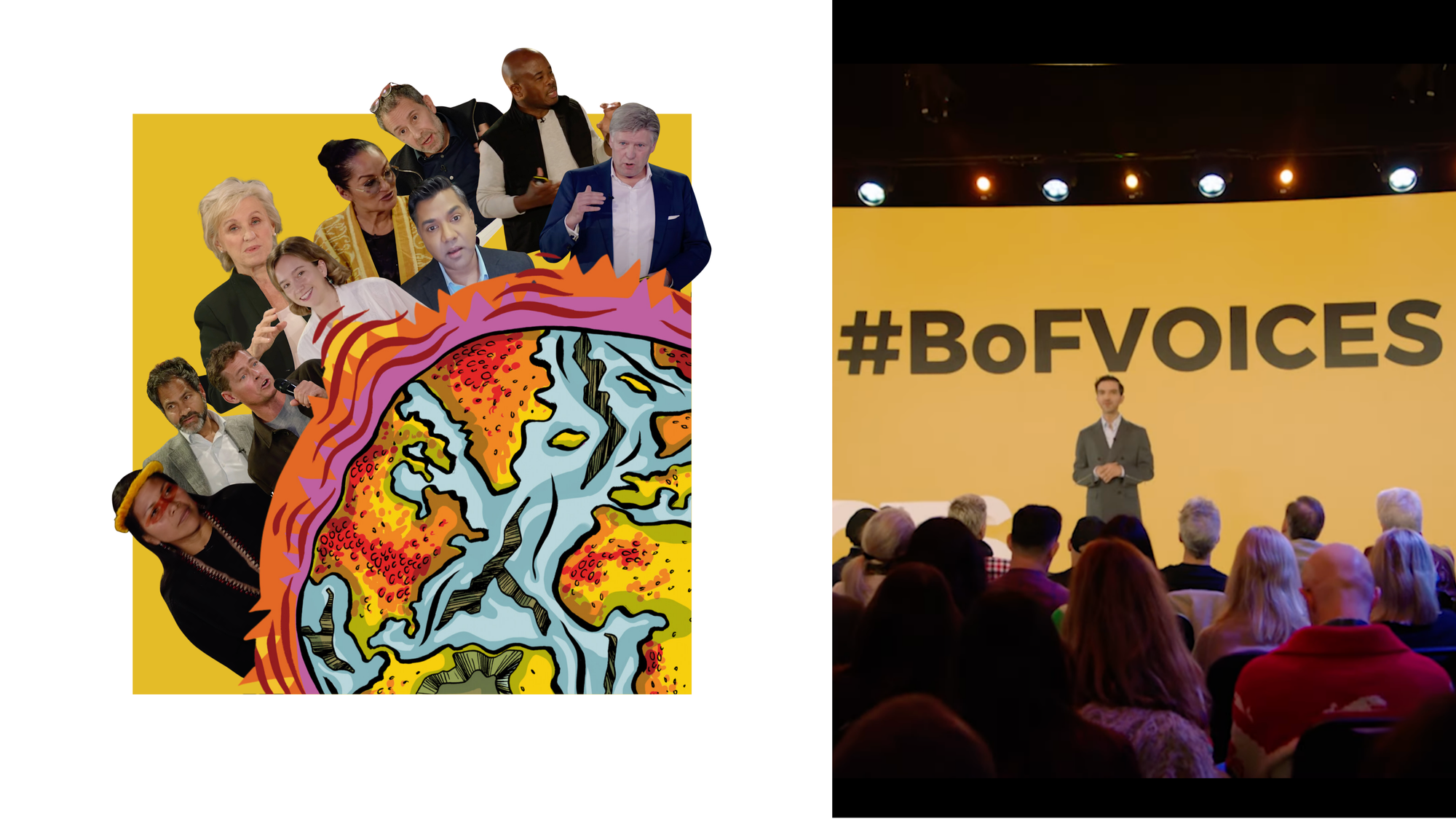
Sven Smith decreed that we are in a new Era, and not just because of Taylor Swift. Could someone take Eras Tour and Barbiecore and, with these two ingredients, and restart the wold? Thanks! During the performance of “We are in a new Era!” we have been given an alternative, - looking into the telescope to see the stars and a brighter future, instead of focusing on the microscope which will magnify the problems. Since hope for the future is the only way to guarantee ourselves as a species, giving back to new generations the desire for parenthood.
The US president-elect spoke on two separate occasions, both during the first session. First, with Ravi Agrawal helping us understand what such a return to the White House will mean for the world, which basically, in my interpretation, can mean everything and simultaneously its opposite. Later, it was Tina Brown's turn to mention to Imran Amed her perspective on one of the most influential New York real estate figures of the 1990s, which would become darker by the day.
But it was not the main theme of the participation of the great supporter of Vanity Fair and the New Yorker - but to talk about the new heroes, the independent journalists - those who above all want to investigate and report the truth, in a world increasingly dominated by scary giants. Tina Brown was, in the context of these conferences, the author of the expression that gave rise to the title of this article.
And a world under the rule of a few is a world at war, we are at war. The polarization of opinion about what is happening in the Middle East seems unprecedented. Jameel Jaffer and Daniel Levy called for empathetic, understanding and true dialogue. Understanding and listening to understand the other person's perspective and not just responding and labeling, are the only way to start a more peaceful society.
This freedom of expression is also the only way for Fashion to solve one of its biggest problems - the lack of working conditions for garment workers. What happens when it's too hot to produce Fashion? This was the problem that Sarah Kent tried to demystify with Beto Bina, Abiramy Sivalogananthan and Laurie Parsons. The great conclusion is that these inhumane conditions can only be reversed when the rights of union are enshrined, in the places that manufacture the clothes and that we all know so well, so that through union each person can be aware of their rights and power to demand them.
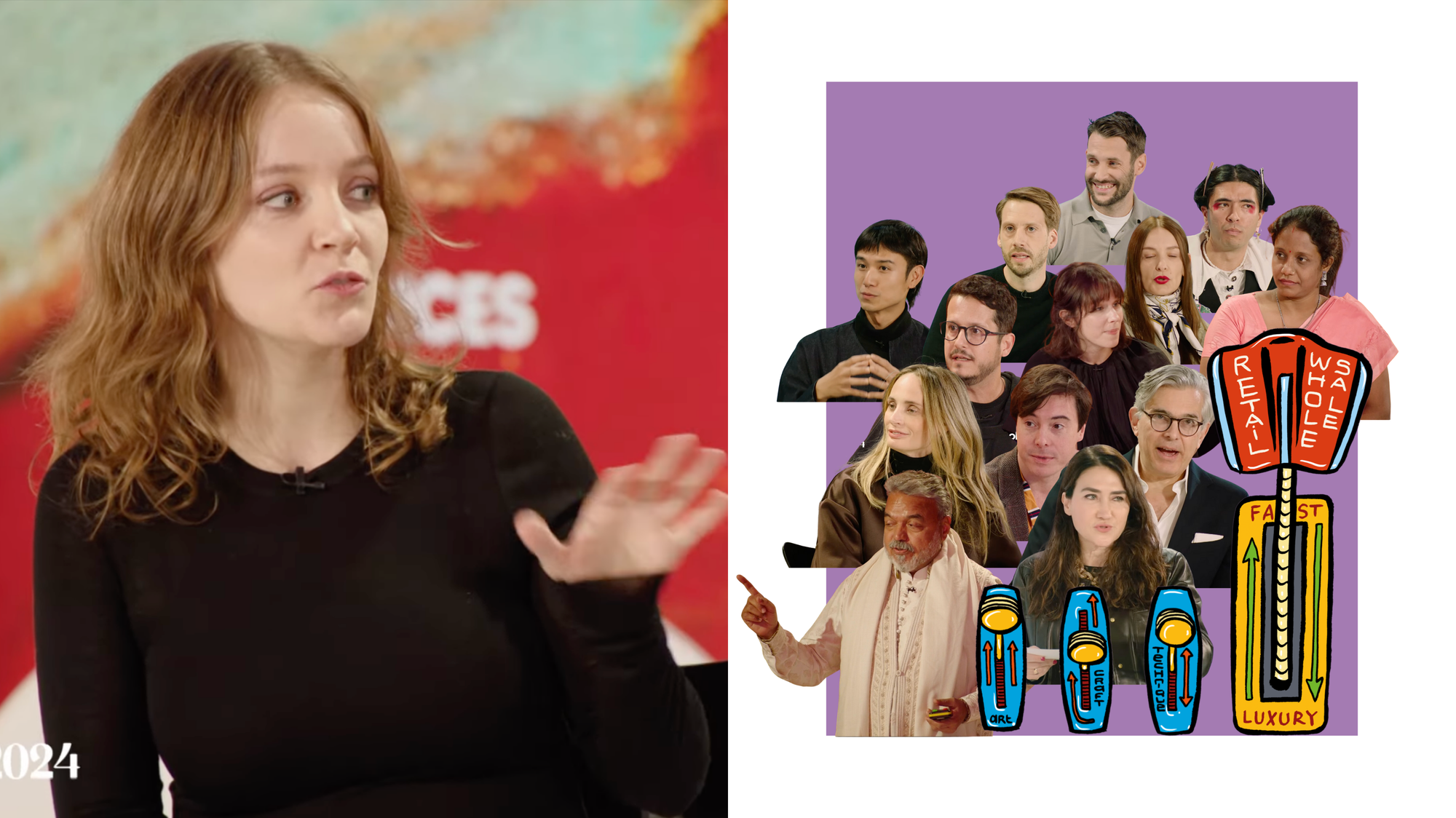
When we think about Creativity in dialogue with Business within Fashion, we don’t have to think about war, sometimes it’s all about the heart. The new creative director and CEO of Valentino are proof of this. Alessandro Michele and Jacopo Venturini have shown that what makes success can very well be the emotion of friendship, empathy and freedom, and not graphs and numbers.
The camera on the bed
When Giles Diley decided to give up fashion photography, in the middle of working on an editorial in a luxurious hotel, he imagined what it would be like if he sent his camera through the suite window, but considering the damage that this could cause in the lives of others, he just threw it at on top of the bed. The camera on the bed has become the new “ pound the table”. Thus, subordinate to this theme we will address other changes, activism and revolutions.
And the least that can be said is that the revolution showed itself in many ways on the BoF Voices stage. From narrative changes or a more conscious approach to European and North American focuses and errors to a more localized impact.
Fred Swaniker calls for a page to be turned in the story of Africa and for us to see the talent and potential of human resources that will greatly benefit an increasingly ageing Europe.
Ravi Thakran demystifies India as the new big growth market, but one that does not intend to be westernized. Since, as Utkarsh Saxena explains to us, it was their colonization that criminalized queer love, which was always present in their ancestral culture without prejudice.
Es Devlin and Ekow Eshun challenged us to rethink the idea of home and home, against those that seem similar or different to us. Once we all learned to enjoy our home differently because we were forced to, we went from wearing luxury to taking it out for a walk to enjoying it at home and thus design became the new Luxury. Amid the zeitgeist Benjamin Paulin rediscovers his father's work in Paulin Paulin Paulin. Daniel Ervér, the new CEO of H&M wants to rehabilitate the house where he grew up professionally by focusing not only on creativity, but bringing back collaborations with designers and investing in quality and experience in the store.
There are those who have never had any doubts about the importance of their home and that by fighting for it to be healthy they are fighting for humanity. I am talking about Nemonte Nenquimo and his commitment to the preservation of the Amazon. Clover Hogan didn't feel it so much, but that didn't stop her from dedicating herself to climate activism, to the point that at the age of 25 she had already advised world leaders on how the climate issue is, in fact, a cultural crisis.
A consummist culture for which Lawrence Lenihan proposes a revolution in the industry's production chain, based on artificial intelligence that allows fashion production on demand, without waste, and therefore more sustainable.
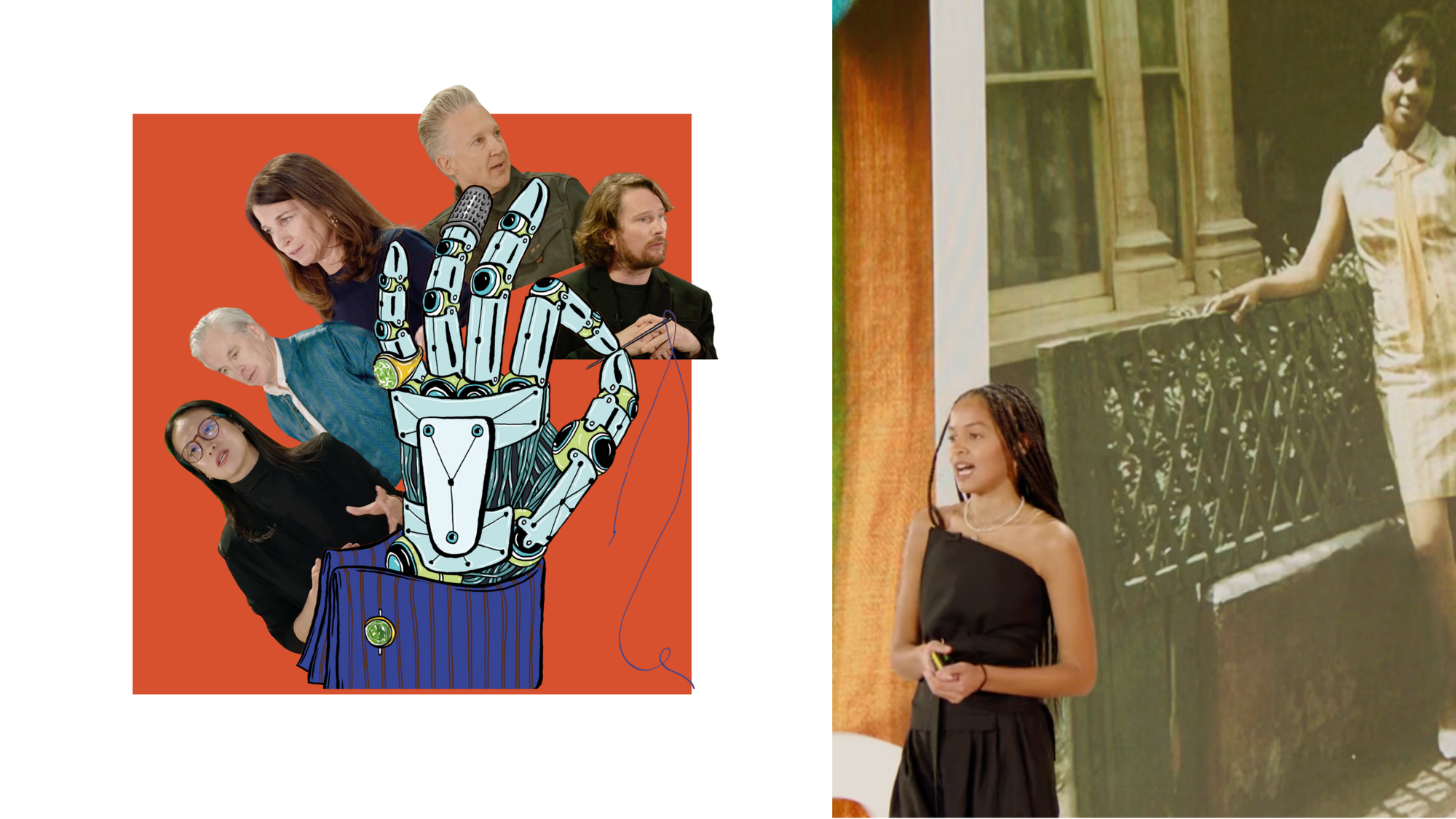
We still need to address another dimension of home, that of the body - a body that presents new challenges and circumstances as happened with Diley, but which was not an impediment to working to help improve the circumstances of those most affected by different wars.
This physical body that can have therapy in music as Rosey Chan argues and demonstrates or that can hide our truest “self” as Mory Fontanez defends.
The creators' (almost) fairy tale
That was my first thought when I heard the love story of Nara Aziza Smith and Lucky Smith. Here they will take place in addition to what I highlight from Nara and Lucky's conversation with Imran Amed, as well as all other projects that are not only related, in some way, to the universe of the creator's economy but also to digital in its entirety.
There were several themes that took to the stage. The success of Luxury Fashion e-commerce lies in the brand culture and understanding retail, but above all understanding Fashion. An AI solution that helps us choose which item to buy, improving digital fashion purchasing, making it unique. AI could also soon allow everyone to create content worthy of Hollywood, which is what Tom Graham argues, who thanks to this technology has rejuvenated Tom Hanks for a film that will be released soon.
The co-founder of On and the Co-founder of Skims concluded that a quality product associated with a strong brand culture is the antidote to the ephemerality of algorithms.
Josephine Philips found, through stories from her own wardrobe and accidental wit, the way to modernize the process of repairing pieces full of memories and love. With Sojo, brands bring added value and a greater sense of community to the consumer, without the complexities that offering repair services are synonymous with less quality.
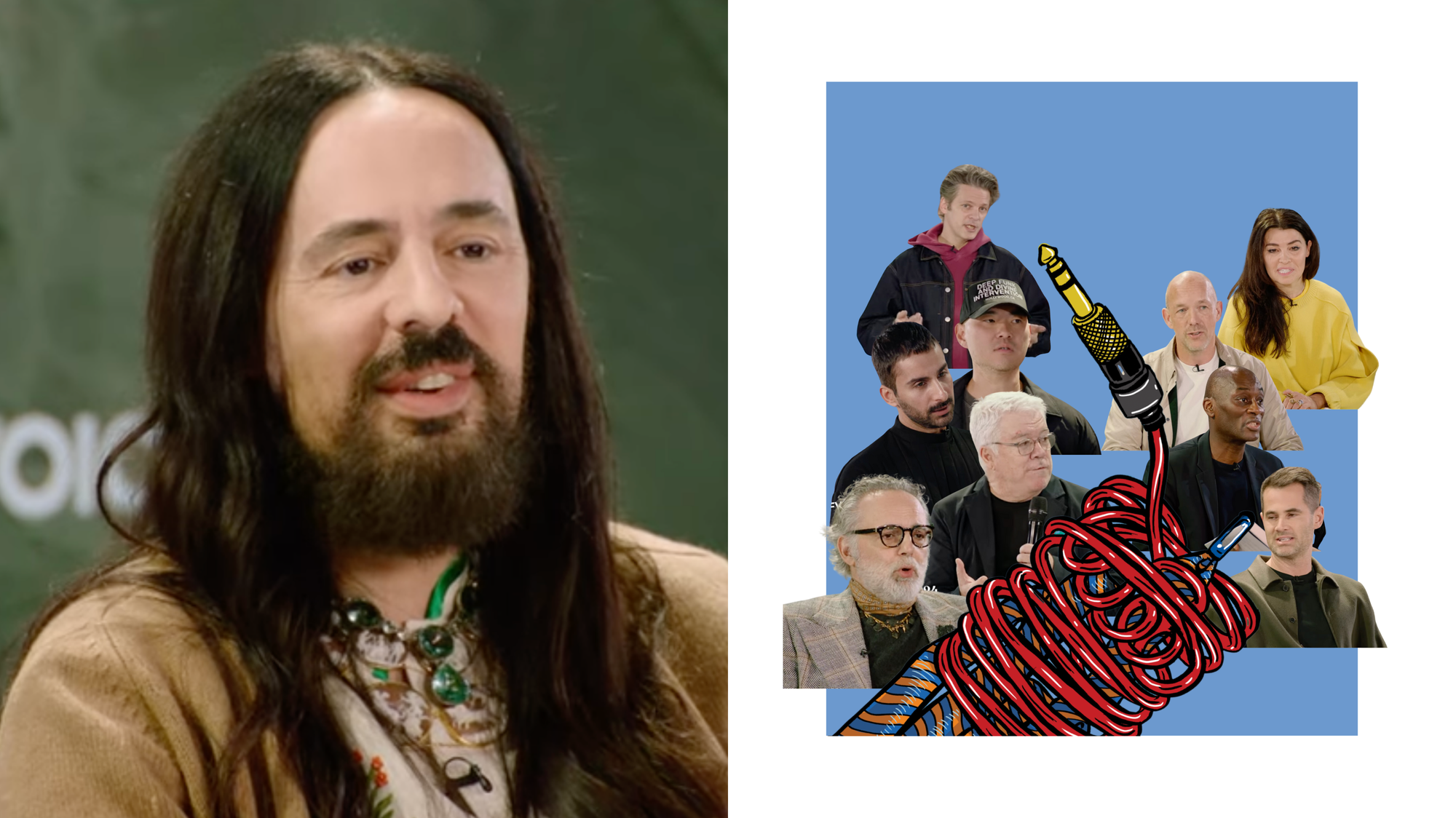
Returning to the conversation entitled “Living authentically in viral moments”, a reflection by Imran Amed on the work of Nara Aziza Smith particularly touched me. Amed argues that even though Aziza Smith dedicates around 9 hours a day to creating content, this activity is not consensually interpreted as work, being consumed on a screen as small as a smartphone. But for Imran, if the medium of consuming the same content was the big screen, no one would doubt its value and the hard work involved.
Oh my baby!
Oh my baby! That was the expression I had the impession of earing when at the end of the conversation with Bianca Sanders, Bethann Hardison hugs the founder of The Business of Fashion. Oh my baby! It's a subtitle and it's here because no matter how self-confident and independent we are, there are moments when we just need to hear a little special nickname said by someone we admire to move forward. Yes, here is personal experience writing for me. And, yes, this last chapter deals with the uniqueness of Bethann Hardison, the journey from self-discovery through self-expression to self-confidence and independence in Fashion.
Model and activist Bethann Hardisom remains unstoppable at the age of 82, after having made a vast contribution to a more inclusive and representative fashion industry, she redefines society's prejudices regarding age and ageism. Making it clear, during his conversation with the menswear designer, that not all of us are destined to undertake great activist roles, as long as each of us contributes, in different measures, to positive social change.
Karl Sanchez used the art of transformation by creating the drag queen Nicky Doll to enjoy and fully experience his masculinity through femininity. Salman Toor, on the other hand, used painting with enormous spontaneity and a lot of greenery to discover and express himself beyond the culture where he was raised.
From “How Independent Brands can thrive in a Fashion World by Giants”, a conversation moderated by Olya Kuryshchuk with Bohan Qiu, Brandon Wen and Roksanda Ilincic, it is concluded that the success of independent brands is based on greater curation of support given to designers, but above all a change of mindset. Since Fashion needs countless professionals to exist, there cannot only be independent designers for independent Fashion to exist. It is necessary to change the mindset that designers are the players with the greatest impact, as it is a collective industry, education in Fashion design does not need to involve training a Fashion designer, it must train a creative capable of working in the area of Fashion .
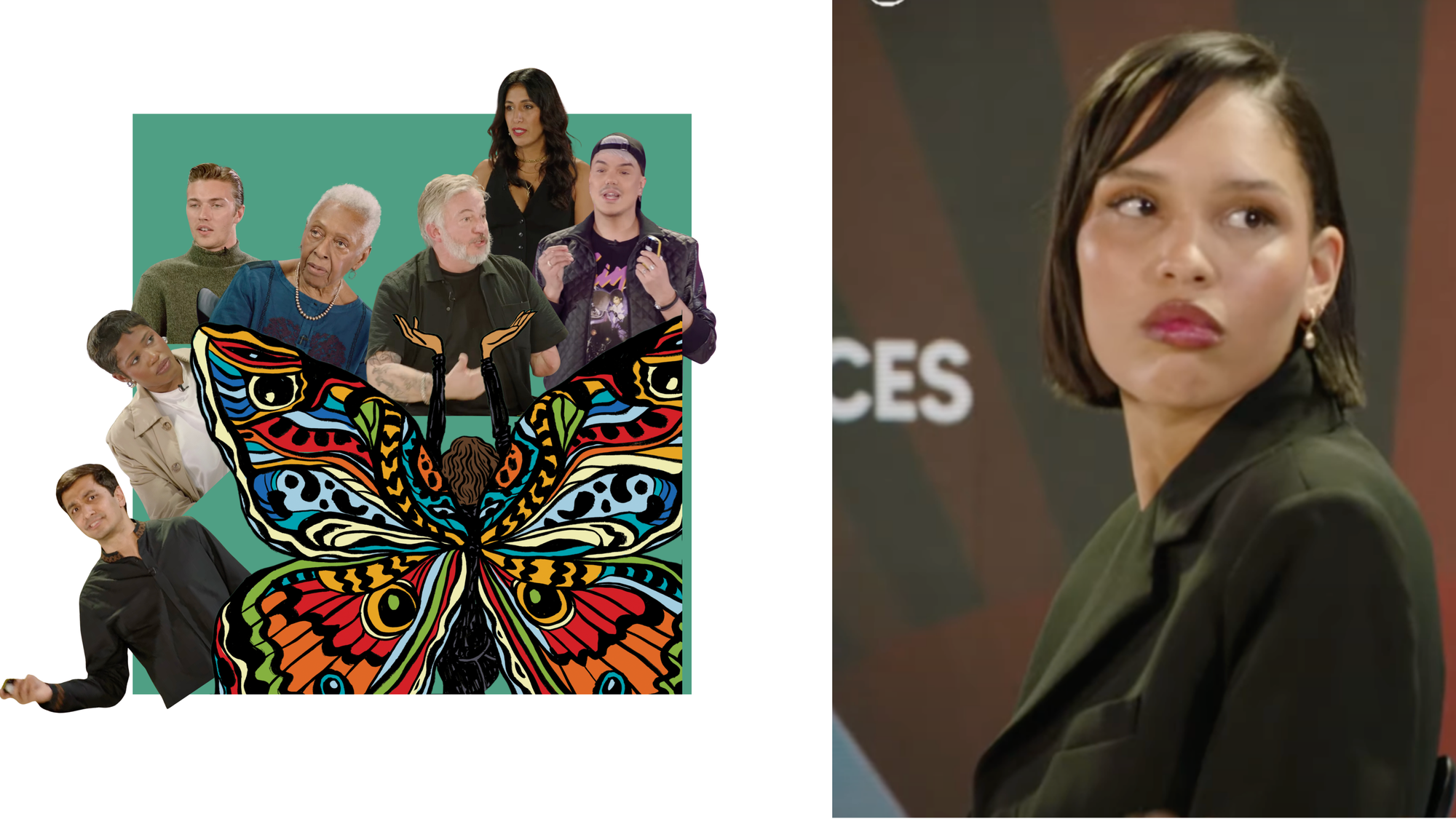
Simon Portes Jacquemus and Jacquemus are, perhaps, the most popular example of an independent fashion brand. Even though he started his brand with few monetary resources, Simon bases his success on three fundamental pillars. His total involvement in the brand he founded as CEO and creative director, roles that unfold into countless other roles and functions. Humor as an aesthetic and uncomplicated form of communication that, through fun, makes the understanding of Fashion accessible to all generations and backgrounds. And, finally, putting all your effort and commitment into visibility and creating a strong community beyond the brand.
I know I run the risk of becoming repetitive, but fashion thinking is a continuous, uninterrupted process that is necessary for the continuity of Fashion as a system. Therefore, it is not legitimate to draw conclusions that it will evolve; thinking about Fashion is an exercise, it is a job.
Drawing conclusions about this same activity can be snobbish. And as Simon Portes de Jacquemus says, when you are independent you don't have time to be a snob.
